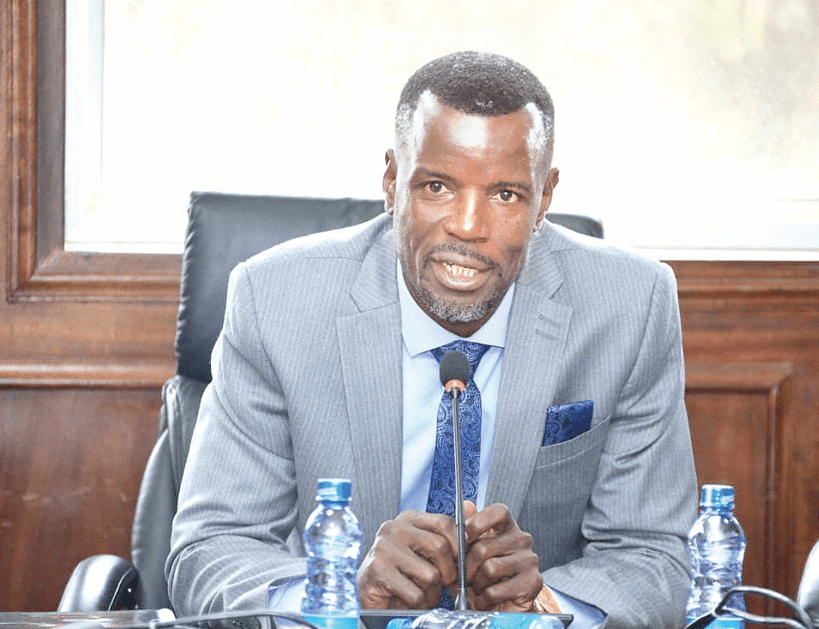Kisumu marks gains against HIV prevalence

Kisumu County has registered a remarkable decline in HIV/Aids prevalence over the past five years, signalling progress in the region’s public health interventions.
According to health authorities, the county’s HIV infection rate has dropped from a staggering 39 per cent to just 11 per cent—a significant public health milestone that is being hailed as a turning point in the fight against the epidemic in Nyanza.
County Director of Public Health, Fred Oluoch confirmed the development during a press briefing held at the Kisumu County Health Department offices.
He attributed the reduction in prevalence to intensified awareness campaigns, increased testing and counselling services, improved access to antiretroviral therapy (ART), and community-based outreach programmes targeting vulnerable populations.
“This is a major achievement for Kisumu County. Five years ago, we were grappling with some of the highest infection rates in the country,” Oluoch stated.
Today, he observed, they are seeing the results of collaborative efforts between government, non-governmental organisations, and the community. The most significant reduction has been observed among the general population, particularly older adults who have embraced testing and treatment.
No complacency
Health officials noted that the success is largely driven by consistent messaging, reduced stigma in public health institutions, and the decentralization of HIV-related services to local health centres and community clinics.
However, Oluoch warned that despite the overall improvement, the battle against HIV/Aids is far from over. Infection rates remain disproportionately high among key populations such as sex workers and people who inject drugs. Adolescents and young adults also continue to present a worrying trend in new infections.
“There is a persistent stigma that prevents young people and key populations from accessing prevention and treatment services,” said Oluoch, while pointing a finger at fear of discrimination, social exclusion, and lack of youth-friendly services as significant barriers.














